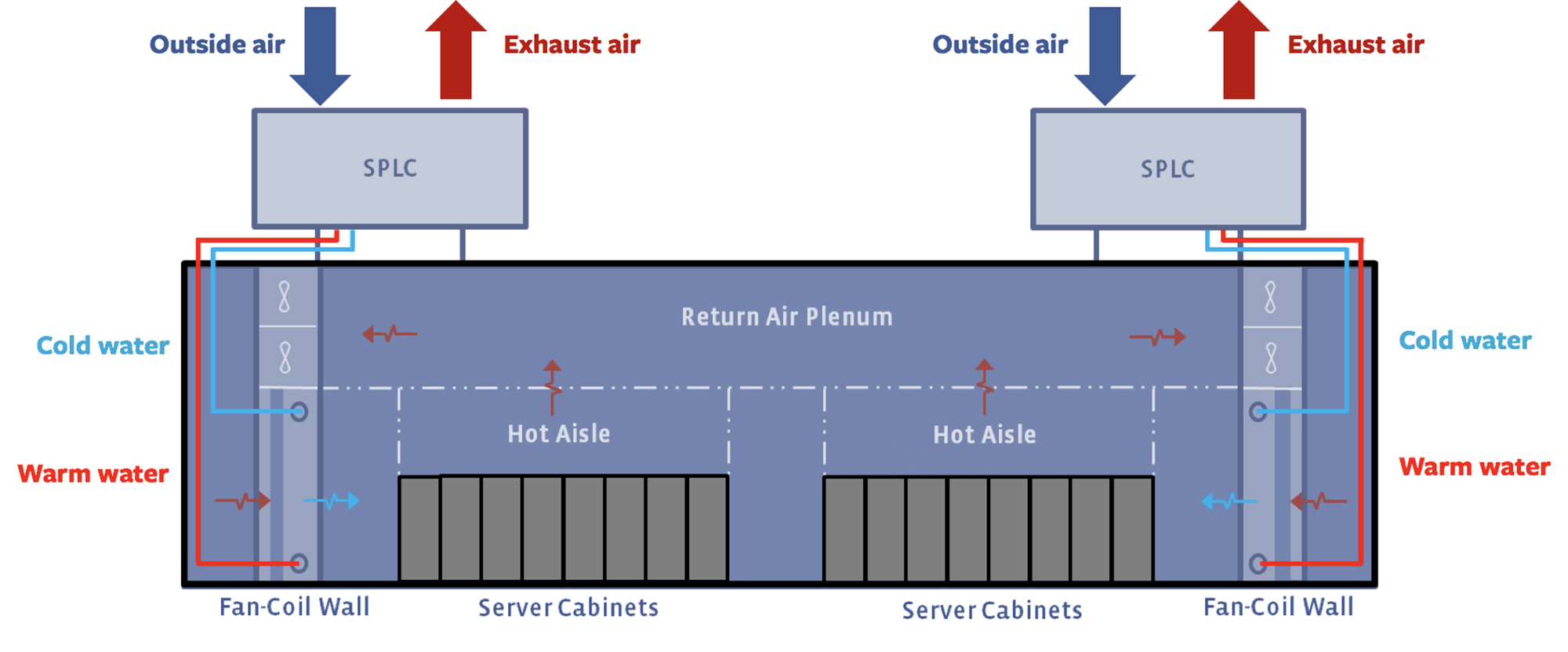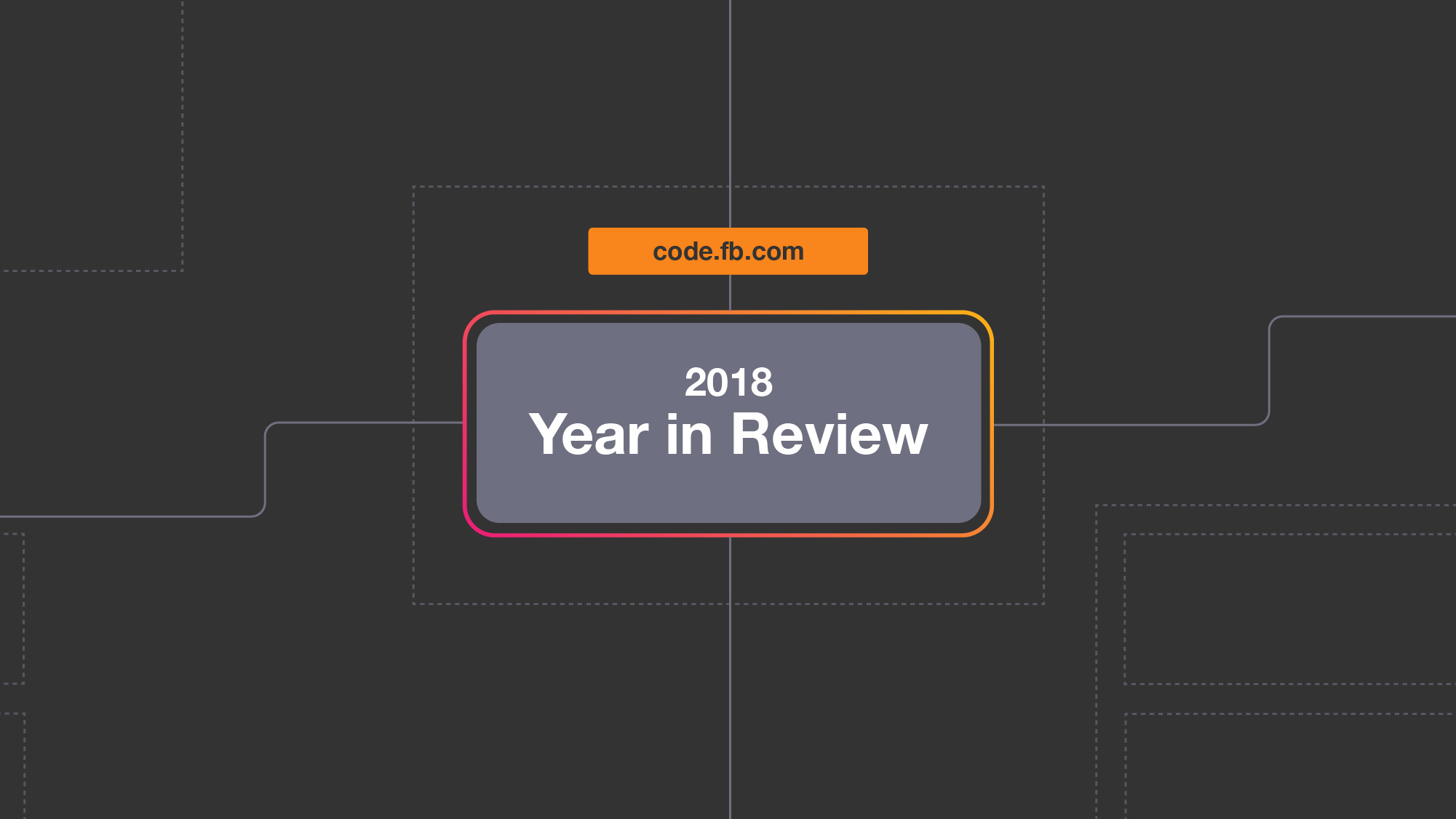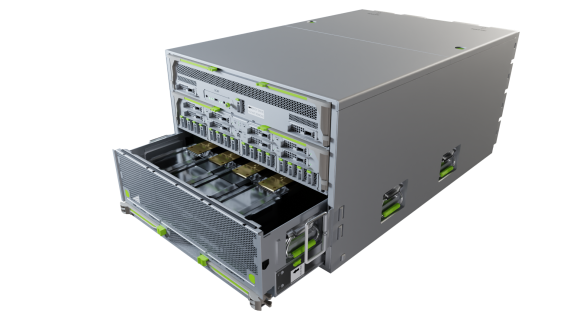For 2018, we knew we needed to continue scaling our data center capacity while simultaneously making our infrastructure even more powerful and efficient. Over the past year, we’ve expanded to a total of 15 data center locations, with new centers announced in Newton County, Georgia; Eagle Mountain, Utah; Huntsville, Alabama; and Singapore. We also announced expansions at our existing sites in Papillion, Nebraska; Henrico, Virginia; Luleå, Sweden; and Prineville, Oregon. And we announced that the Clonee Data Center is now up and running in Ireland.
In August, we shared our commitment to purchase 100 percent renewable energy and reduce our greenhouse gas emissions by 75 percent by 2020. Rising to that challenge drove creative design and technology solutions that helped us adapt to a variety of environments and scale to meet demand. To address the issue of scale, we designed the Fabric Aggregator, a distributed network system made up of simple building blocks. This system allows us to accommodate larger regions and varied traffic patterns, and adds the flexibility to adapt to future growth.
Earlier this year, we announced the StatePoint Liquid Cooling (SPLC) system, a new evaporative cooling system that uses water instead of air to cool data halls. The SPLC system allows us to build highly energy- and water-efficient data centers in places where direct cooling is not feasible.

Schematic of the SPLC cooling scheme for a data center: The SPLC units are deployed on the rooftop. These SPLC units produce cold water, which is then supplied to the fan-coil wall (FCW) unit. These FCW units use the cold water supplied by the SPLC units to cool the servers. The hot water from these FCW units is returned to SPLC units, where it will be cooled and recycled through the system.
In September, we broke ground on our data center in Singapore, our first custom-built center in Asia. Building for a location like Singapore presented new opportunities for design innovation and efficiency. To conserve space, the building will be our first multistory data center (11 stories). The building’s façade is made of a perforated lightweight material that allows for airflow to help cool the building. It will also be one of the first to incorporate the abovementioned StatePoint Liquid Cooling system.

Singapore Data Center design
In addition to the solutions we’ve been able to implement this year, we’ve also open-sourced StateService, our state machine as a service, and shared new details and learnings about FBOSS, our open switching system.
Looking ahead to 2019, we will continue to focus on increasing our efficiency and reducing our environmental footprint.
This series of posts looks back on the engineering work and new technologies we developed in 2018. Check back tomorrow to read about our Open Source efforts and the next day to learn about our work in Artificial Intelligence.













